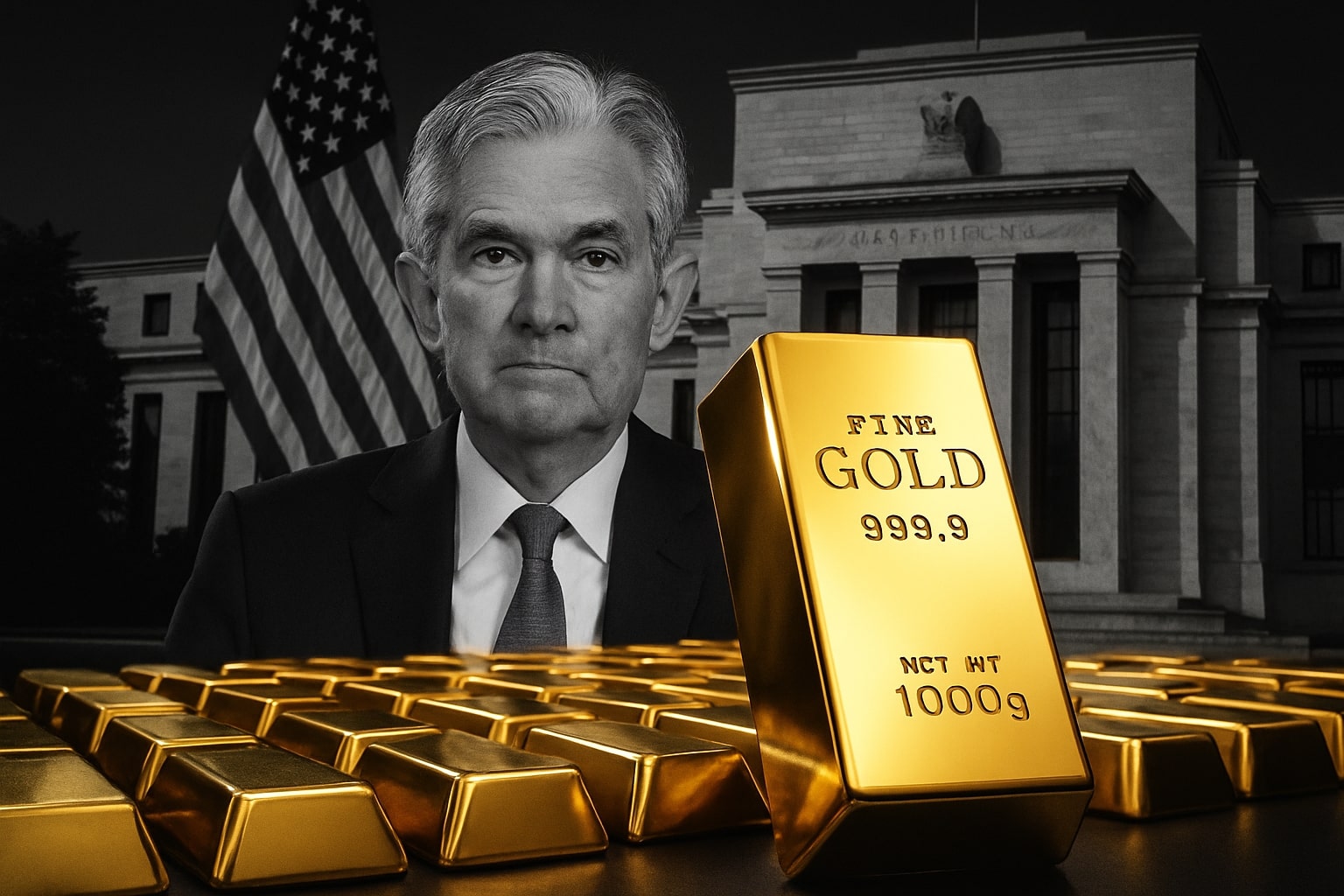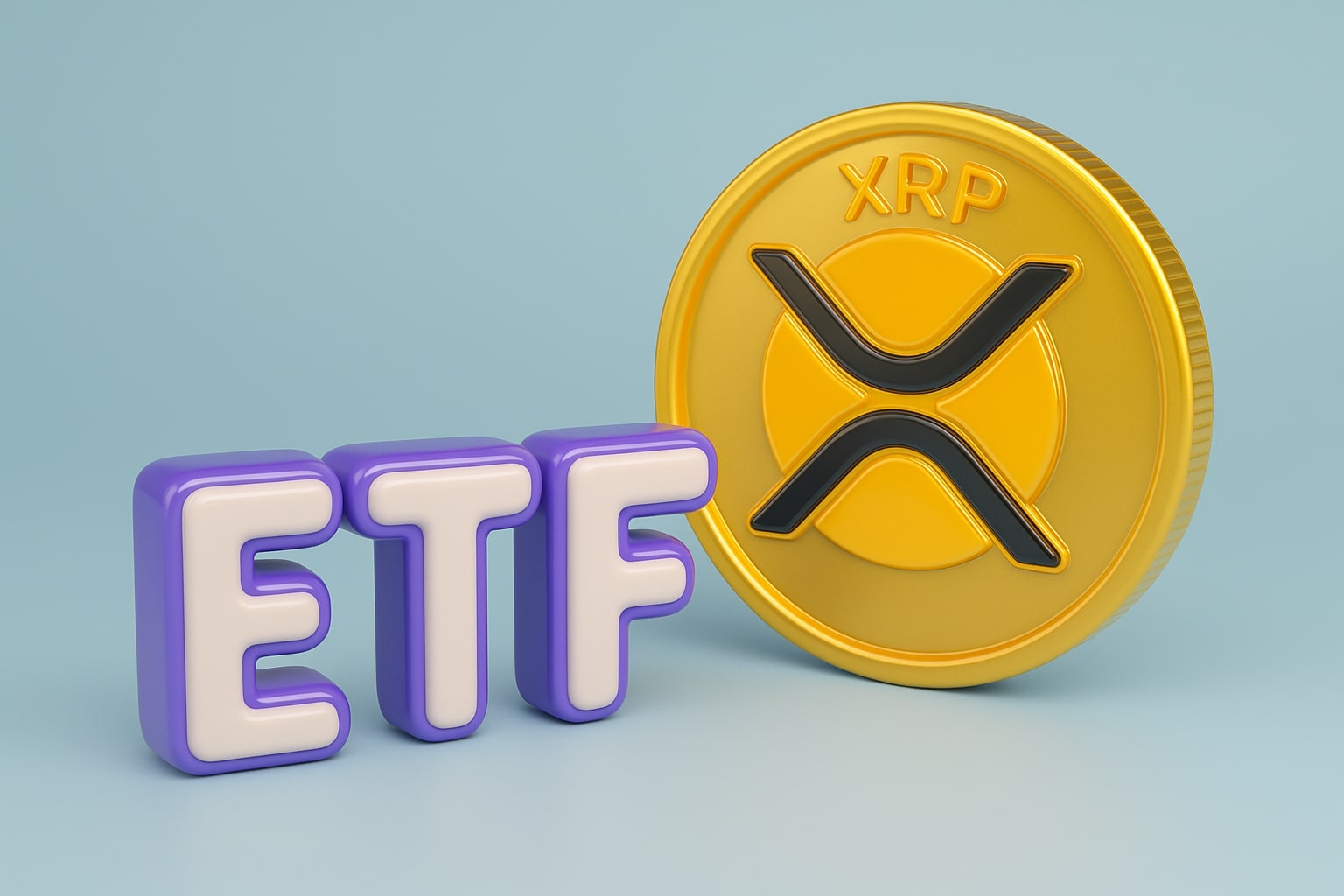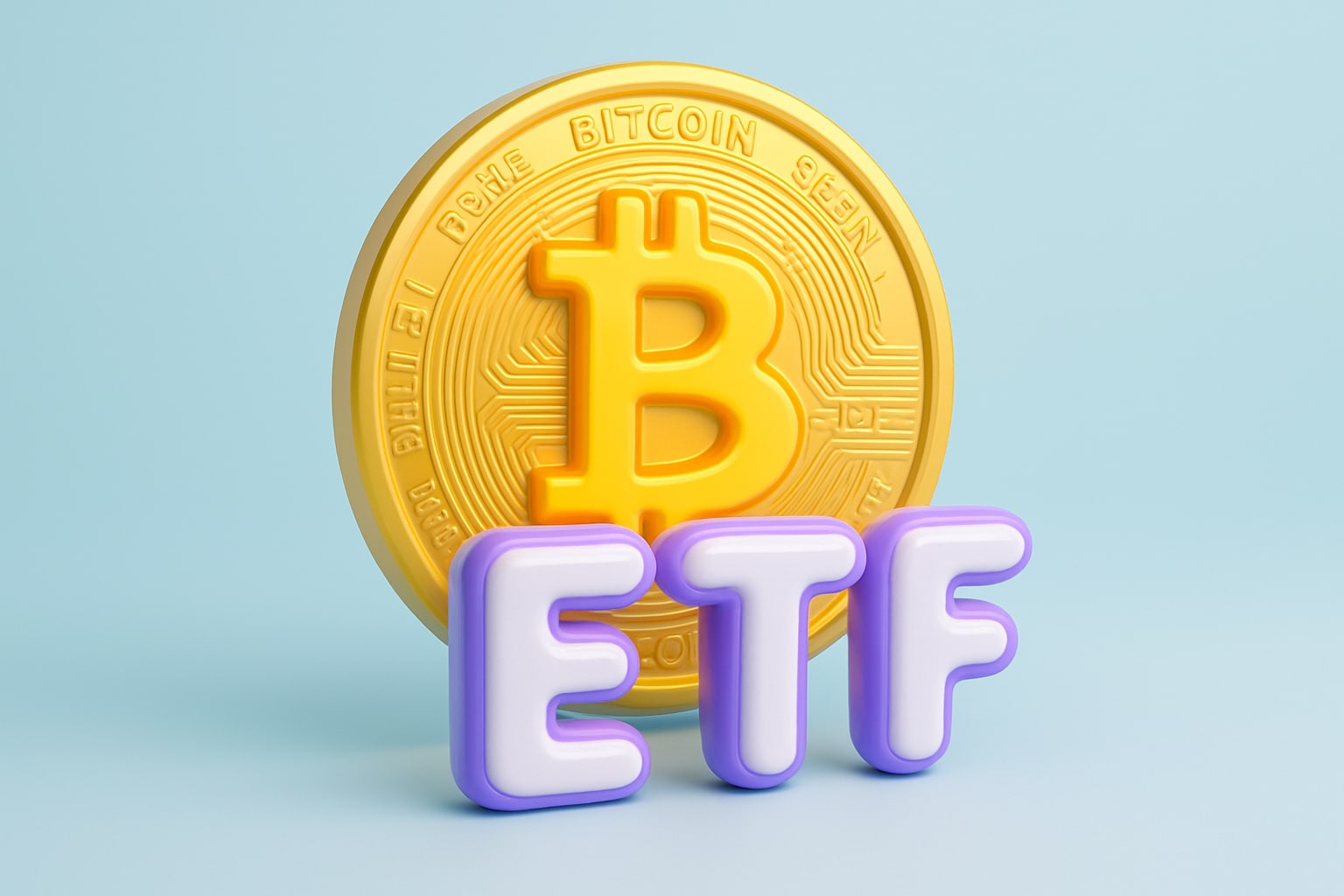
Copper (HG=F) Price Forecast: Tariffs, China Cuts, and $4.45 Trading Range
Copper steadies at $4.45 with tariff-driven supply shifts, China’s refined output drop, and key support at $4.26 against $4.74 resistance | That's TradingNEWS
Copper (HG=F) Struggles Between Tariffs, Supply Shifts, and Inflationary Pressures
Domestic Producers Hike Prices Despite Tariff Relief
Copper futures HG=F trade near $4.45 per pound, consolidating after a sharp pullback from the early August highs that briefly approached $6.00/lb. Yet U.S. wire producers including Southwire Co. LLC and Berkshire Hathaway’s Cerro Wire LLC have pushed through a 5% price increase across copper wire products even after President Trump exempted refined copper imports from his sweeping 50% tariff policy. The move reflects how pricing power has shifted: finished products like wire, rod, and tubing remain subject to tariffs, leaving international suppliers at a cost disadvantage while U.S. processors capitalize on lower feedstock prices and limited competition.
Tariff Dynamics Reshape Competitive Landscape
The U.S. imports about 810,000 tons of unprocessed copper annually, representing 45% of domestic demand of 1.8 million tons. While these imports remain tariff-free, manufactured products—accounting for 23% of U.S. cable consumption—are now hit with 50% duties. This differential is creating a wedge between raw copper prices, which have slipped by about 1.1% to $4.43/lb., and the producer price index for finished copper wire and cable, which surged 12% year-over-year in July to a record high. Executives like Prysmian SpA CEO Massimo Battaini openly state that “local producers will benefit,” as overseas rivals see their costs jump, inflating consumer prices across construction, power utilities, and electronics.
Chinese Output Decline Adds Global Uncertainty
Compounding the tariff-driven distortion is a shift in China’s copper production. Refined output fell to 1.27 million tons in July, down from a record 1.3 million tons in June. Though modest in scale, the decline marks a potential turning point as Beijing cracks down on industrial overcapacity. Negative treatment charges—where smelters now pay miners to secure concentrate—have pushed margins below sustainable levels, threatening smaller producers with closure. China remains both the world’s largest producer and consumer, and any sustained reduction in its output reverberates globally. Prices on the London Metal Exchange nudged only 0.1% higher to $9,745/ton, but traders are watching closely for signs that structural rationalization could tighten supply further.
Global Price Action Ahead of Tariff Deadlines
The tariff announcement triggered volatile trading in late July, with COMEX copper futures briefly collapsing nearly 3% to $5.61/lb. before stabilizing. The rush to front-load shipments into the U.S. before the August 1 tariff deadline caused a short-lived spike, leaving U.S. prices temporarily decoupled from London benchmarks, which slipped more than 1% to $9,769.50/t. Analysts warn that while refined copper’s exemption cushions some of the shock, semi-processed products like rods and sheets face higher costs, ensuring persistent inflationary pressure in U.S. supply chains.
Support and Resistance Levels Define Short-Term Trading
From a technical standpoint, copper prices remain supported above $4.26/lb., a key floor that has held through recent volatility. As long as HG=F sustains this level, the bullish track remains intact with upside targets at $4.62 and $4.74. The immediate trading range is $4.33 to $4.63, with momentum favoring gradual recovery. However, RSI divergences suggest risk of further consolidation, particularly if macro headwinds from a stronger U.S. dollar or weaker Chinese demand intensify.
Corporate Beneficiaries and Insider Positioning
The clearest winners are entrenched domestic processors—Southwire, Cerrowire, and Prysmian—which command greater pricing leverage. Their margins widen as raw copper input costs remain exempt from tariffs while finished goods prices escalate. With Berkshire Hathaway exposed through Cerrowire, investors tracking Warren Buffett’s industrial bets are effectively positioned to benefit from this policy-driven repricing. Corporate commentary confirms that guidance has been revised higher, underscoring how tariff shields translate directly into stronger financial outlooks.
Consumer and Industrial Fallout
For U.S. industries, the inflationary consequences are unavoidable. Copper represents about two-thirds of the cost of a cable and up to 30% of an electrical motor. The 5% hikes implemented by wire producers will cascade into higher project costs across housing, commercial construction, and power infrastructure. Utilities facing grid modernization and renewable integration projects are bracing for cost overruns, while electronics manufacturers risk margin compression unless higher component costs can be passed on to consumers.
Stock Market Response to Copper Dynamics
Even as spot copper prices pause near $4.36–$4.45/lb., copper equities have outperformed. Shares of miners and processors advanced 2% last week, outpacing the S&P 500’s 0.9% gain, as investors rotated into copper-linked stocks on expectations that supply constraints and policy distortions will sustain earnings growth. The divergence highlights that equities are trading on forward supply tightness and pricing power rather than spot metal weakness.
China’s Strategic Balancing Act
China’s government faces a dual mandate: reduce industrial inefficiency while maintaining adequate copper supply for EVs, renewable energy, and telecom infrastructure. The July production cut may be an opening salvo in industry consolidation, where weaker smelters exit and national champions consolidate capacity. Negative treatment charges and raw material shortages reinforce the need for restructuring. A prolonged decline in Chinese production would eventually squeeze global supply, pushing prices higher, particularly as demand for clean energy accelerates.
Investment and Trading Outlook
The current setup for copper blends bullish structural drivers with short-term volatility. Support near $4.26/lb. anchors the market, but resistance into the $4.62–$4.74 range will test buying momentum. U.S. tariff policy effectively hands pricing power to domestic producers, benefiting their equities but straining consumers. China’s output pullback signals potential for future tightening even if immediate price moves remain muted. With copper stocks already outperforming, the trade remains a buy on equities tied to domestic processing power and a cautious hold on futures, where tariff and macro crosscurrents leave the tape choppy.
That's TradingNEWS
Read More
-
PFFA ETF Nears $21.50 as Rate Cuts and 9.49% Yield Spark Renewed Demand
29.11.2025 · TradingNEWS ArchiveStocks
-
XRPI and XRPR ETFs Ignite Ripple’s Institutional Rally as Inflows Near $1B and XRP Holds $2.20
29.11.2025 · TradingNEWS ArchiveCrypto
-
Natural Gas Price Forecast - NG=F Blasts to $4.85 as Demand Surge Fuel Multi-Month Breakout
29.11.2025 · TradingNEWS ArchiveCommodities
-
USD/JPY Price Forecast - Yen to Dollar Slides to 156.10 as Yen Strengthens on Fed Cut Expectations
29.11.2025 · TradingNEWS ArchiveForex



















